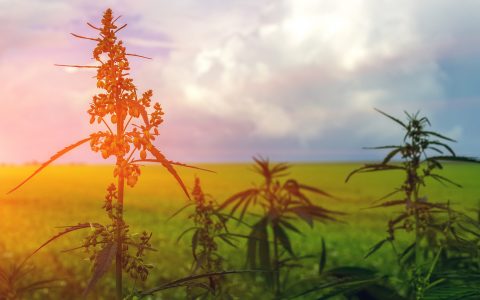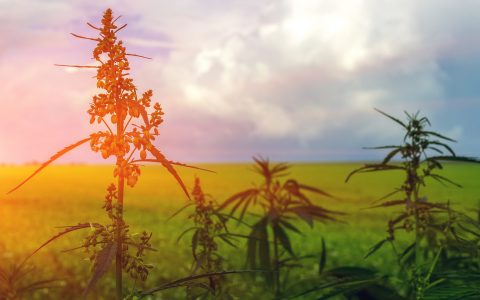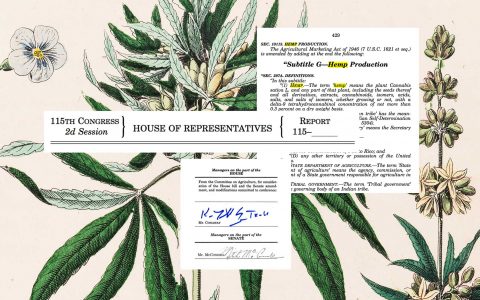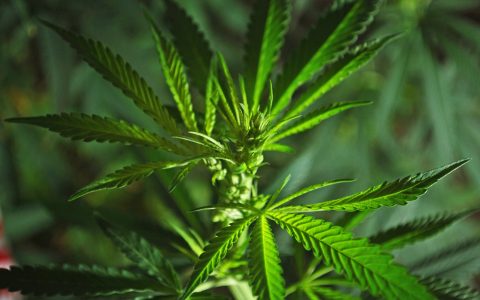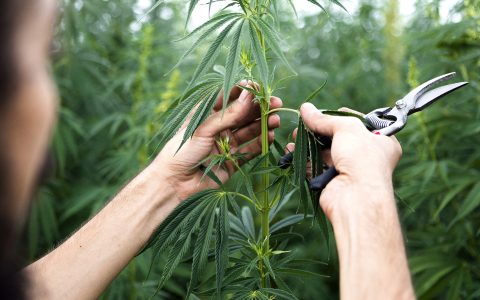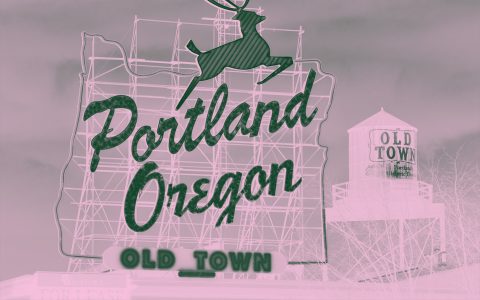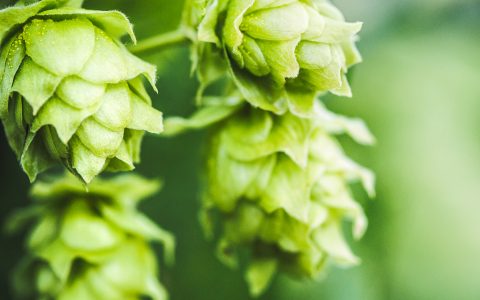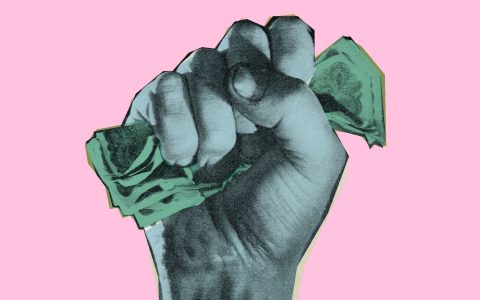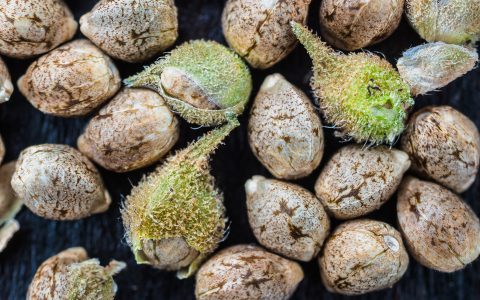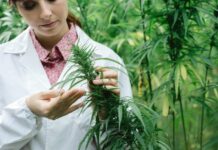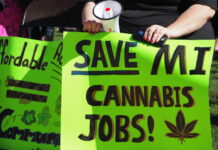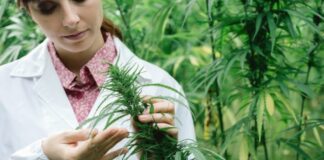Concern that pollen from industrial hemp farms could end up ruining nearby cannabis crops is hardly new. In a 2003 paper titled “A Preliminary Study of Pollen Dispersal in Cannabis Sativa,” researchers with Agri-Food in Canada (where commercial hemp farming has been federally licensed since 1998) examined the risk. Published in the Journal of Industrial Hemp, their investigation began with the earliest known identification of the problem, dating back more than 300 years.
“In 1694 Rudolf Jacob Camerer wrote a scientific letter concerning the first experimental evidence of sex in plants. Camerer noted that careful removal of male plants from a field of dioecious hemp did not completely deter production of fertile seed, and he commented that he was “quite upset” at the observation, obviously caused by hemp pollen from distant sources. In modern times, long-distance pollination is of great concern because of the possibility of genetic contamination.”
The paper also noted that in nature, hemp is almost exclusively wind-pollinated. Since it gets little to no help in this regard from bees—which love to collect the plant’s pollen, but are not attracted to its female flowers—cannabis has evolved a strategy of releasing large clouds of pollen that are capable of traveling great distances.
Hemp pollen can spread out for up to 30 miles on a steady breeze, putting any female cannabis plant within that radius at risk.
A single hemp flower can generate about 350,000 individual pollen grains, with a large hemp plant producing hundreds of such flowers. All of this pollen can spread out for up to 30 miles on a steady breeze, putting any female cannabis plant within that radius at risk.
In 2000, when hemp cultivation remained prohibited throughout the United States, a study tested the air in the Midwest (where hundreds of millions of feral “ditch weed” hemp plants grow) and found that in mid-August hemp pollen represented up to 36% of the total airborne pollen count.
If you happen to grow cannabis in its psychoactive form, that’s an alarming statistic.
“It’s Rope, Not Dope!”
Weed and hemp are really the same plant—scientifically known as Cannabis sativa—but represent two distinctly different genetic lineages of that species, selectively bred over thousands of years for very different traits. Which explains why so much of the hemp movement’s support has traditionally come from the cannabis community.
Though back in the day, not everybody returned the favor. In fact, some activists touted hemp’s lack of a high as a major selling point. “It’s rope, not dope!” was a common refrain among this crowd.
The irony being that in many US states, legal weed growers actually got a big head start on hemp farmers. California became the first state to approve the cultivation of medicinal cannabis in 1996. Colorado and Washington were the first states to approve “recreational” cannabis in 2012.
Meanwhile, the federal ban on hemp cultivation remained firmly in place until the 2014 Farm Bill passed, and that only allowed limited crops in a small number of states for research purposes. In 2018, just 77,000 acres were planted nationwide. But that number will likely skyrocket this year after the most recent Farm Bill removed basically all remaining federal impediments, leaving regulation of the once banned agricultural commodity up to individual states.
In Oregon, this has already led to a turf war.
The Crux of the Problem
The crux of the problem is that once a female cannabis plant is pollinated, it begins producing seeds instead of producing more psychoactive resin, resulting in a harvest of low-potency seed-laden buds that nobody this side of 1976 will want to buy. This is why high-THC cannabis cultivators either start with “cuttings,” to ensure an all female crop, or grow from seed, but then carefully cull out all of the male plants as soon as they show their sex.
Hemp grown for CBD is also ideally an all-female sinsemilla (Spanish for “without seeds”) crop, making it equally susceptible to pollen drift.
Oregon CBD, based in Corvallis, spent years identifying and breeding hemp strains for the highest CBD production possible while remaining safely below the legal limit of 0.3% THC. In 2016, the company grew out 30,000 individual plants, spread over five locations. The largest of these fields, devoted to research and development, apparently got hit with wind-blown pollen from a neighboring farm, causing what they estimate as $2.5 million dollars in damage. A nearby breeding greenhouse was also contaminated, which meant 15 million seeds needed to be destroyed.
The company responded with a call to ban outdoor cultivation of male hemp plants:
“We have fought in the OR state legislature since 2014 to ban male plants from hemp cultivation in Oregon, knowing full well the ecological destruction that would eventually despoil our home and one of the world’s most incredible cannabis production environments if action was not taken. Year after year now, farmers have been gravely affected by bad actors making poor farming choices and using males outside.”
Alarmed by the state’s first influx of hemp farms, the Oregon Sungrown Growers’ Guild joined them in lobbying for a bill that would have put a statewide moratorium on hemp growing, at least until the situation could get sorted out.
To their credit, they did not use the slogan, “Dope, not rope!”
The Grass Looks Greener
You may have heard that Oregon has a pretty considerable abundance of cannabis at the present moment. The state is currently producing twice as much cannabis as it consumes, and this overproduction has been going on for so long that there’s now a six-year supply of legal cannabis available in the state—a glut that’s driving down prices (now $5 per gram retail), and profits. It’s also making many erstwhile cannabis farmers look at the emerging hemp industry and think that the grass does indeed look greener on the other side.
Since 2015, according to The Oregonian, the state’s number of licensed hemp growers has jumped from 13 to 584, with total acreage devoted to hemp going from nil to 11,000 acres. And Oregon officials expect a large spike in hemp production this season, now that crop insurance and other protections for growers are federally available for the first time.
Anndrea Hermann, Director of Inside Sales at Hemp Production Services
Leaving lawmakers and growers to cross their fingers and hope that efforts to deter hemp pollen drift put into place a few years ago will prove adequate. Passed in 2016, Oregon House Bill 4060 for the first time permitted hemp growers to start from clones (which can be all female) rather than from seed (which produces 50% male plants), but the Oregon Department of Agriculture still does not specifically address cross-pollination.
“It’s going to be very hard to regulate any kind of buffer zone to protect cannabis growers, especially in places where people have a right to grow personal amounts,” Anndrea Hermann, a longtime hemp activist and industry expert tells Leafly. “And I think a legal battle over pollen drift would be very hard to win. So while I’m one of the biggest hemp proponents around and have been for a long time, if I was a marijuana grower or a CBD grower I would definitely not want male hemp plants to come within any kind of close proximity.”
Hermann currently works as Director of Inside Sales for Hemp Production Services, one of the largest Canadian bulk hemp wholesalers and exporters. She says regulators should consider everything from maintaining large buffer areas between fields, to designating specific zones where male plants are permitted, to limiting mature hemp crops to specific times of year, but even then, much remains to be seen about how effective such measures would be.
In the meantime, Oregon’s history has served as an early warning sign for potential trouble in other states.
Tony Linegar, Agricultural Commissioner of Sonoma County, California tells Leafly that while researching the subject, he contacted officials at the Oregon Department of Agriculture for advice.
“They acknowledged it’s a problem, and that cannabis growers are starting to see seed in their flower,” he said. “But while there’s been some efforts to try to deal with the problem, nothing has been made official. The end result of that could be driving cannabis cultivation indoors.”
“A Viable Crop”
So far, more than a dozen counties in California have enacted temporary moratoriums on hemp cultivation, and at a meeting on April 2, Linegar convinced Sonoma County to join that list. He was motivated by three factors: the State of California’s regulations for hemp farming are not yet finalized, the current rules include a broad exemption for “research” that could be exploited by bad actors, and the coming state regulations will not specifically address the issue of hemp pollen at all.
“Sonoma County is one of just a handful of places in California that allow outdoor cannabis growing, and those growers have expressed a lot of concern, because there are some applications of growing hemp that require male plants,” Linegar says. “Primarily that would be when you’re growing hemp for seed (whether that seed is to be used for planting or for consumption), and when you’re growing hemp for fiber.”
Linegar says he’s also heard from displaced weed growers, who can’t afford to go through California’s expensive and burdensome outdoor cultivation permitting process, and therefore opposed the moratorium because they’d like to pivot to hemp right away. He says he honestly doesn’t know what’s going to happen, in Sonoma County or anywhere else, but will make one prediction.
“If properly regulated, hemp is a viable crop that’s really going to change the conversation around cannabis.”


